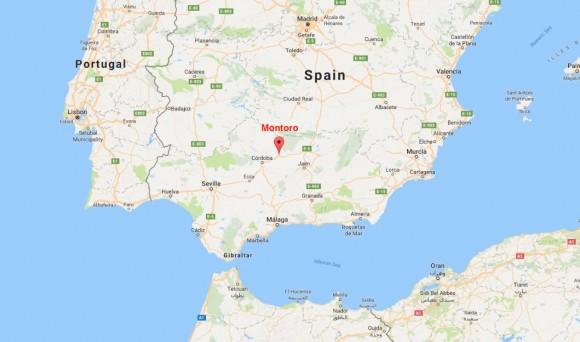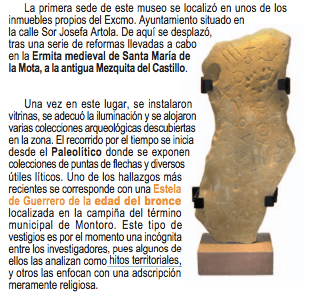Researchers are trying to piece together the history of a stone slab that was found in Spain with writing from what appears to be several different languages.
The slab, called the Stela of Montoro, was discovered in a farmer’s field in 2002 in what used to be the city of Montoro in southern Spain. The farmer tossed it aside, but two years later, some employees of the state’s environmental department found it and, noticing the strange markings on it, gave it to a local museum, according to IB Times.
It wasn’t until 2012 that Leonardo García Sanjuán from the University of Seville in Spain and Marta Díaz-Guardamino from University of Southampton in the U.K. took a closer look at it.
Their findings, published in the August 2017 edition of Antiquity, give few concrete answers as to how so many scripts came to be written on one stone slab.
Many of the symbols were identifiable, and seem to be from a range of scripts: northeastern palaeo-Hispanic, Graeco-Iberian, Phoenician, Proto-Sinaitic and Proto-Canaanite inscriptions, and epigraphic South Arabian, according to the IB Times.
Although the Archaeological Museum of Montorro where the artifact was housed says it is from the Bronze Age, researchers estimate it was engraved sometime between the Late Bronze Age and the Iron Age, ranging from the ninth century to the third century BCE.
García Sanjuán said he wanted to dig in the farmer’s field where it was found to see if there were other artifacts nearby that could give a clue as to its age. However the farmer only let them dig in one small area, and they weren’t able to find anything useful, the IB Times reports.
Based on analysis of the surrounding area, researchers believe it was engraved from early interactions between literate Mediterranean societies and non-literate Iberian societies may have been merely imitating writing.
In either case, it’s a unique discovery—either it shows the diversity of people and languages in the region at that time, or that some Iberian society in what is now southwest Portugal and Spain was trying to figure out how to write based on other scripts.
“It’s rare to find something like this—the inscriptions on this stela cannot be read. There isn’t a single script that makes sense of them,” García Sanjuán told IB Times.






